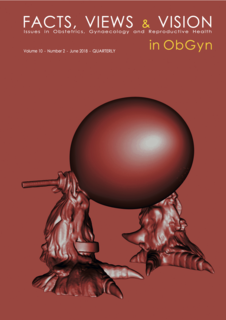Reproductive outcomes after hysteroscopic metroplasty for women with dysmorphic uterus and recurrent implantation failure
dysmorphic uterus, hysteroscopy, metroplasty, pregnancy rate, reproductive outcome, RIF, recurrent implantation failure
Published online: Feb 20 2019
Abstract
Background: The aim of this study was to assess the reproductive outcomes of women with recurrent implantation failure (RIF) after hysteroscopic metroplasty for dysmorphic uteri.
Methods: This retrospective observational study included 190 women with a diagnosis of RIF. These patients were eligible for hysteroscopic metroplasty for dysmorphic uteri, including T-shaped uteri, between January 2008 and September 2015 at the Instituto Valenciano de Infertilidad (IVI) in Valencia, Spain.
Results: The total clinical pregnancy rate, the live birth rate, and the abortion rate were 80.0% (152/190), 77.9% (147/190) and 8.9%, respectively. At 12 months, the clinical pregnancy rate was 76.3% (145/190) and at 6 months 50.5% (96/190). After the metroplasty, approximately 76% of all gravidities, were achieved during the first 12 months of follow-up. Within the first IVF cycle, pregnancy and live birth rates were 77.8% and 86.1%, respectively. The mean time to pregnancy was 6.5 months.
Conclusions: This study demonstrates that hysteroscopic metroplasty improves pregnancy and live birth rates for women with a history of recurrent implantation failure and dysmorphic uterus. However, conclusions must be taken carefully as this is an observational study. A prospective, randomized and controlled study is necessary to support these results.



